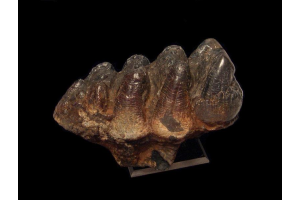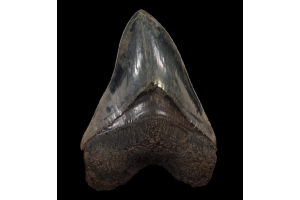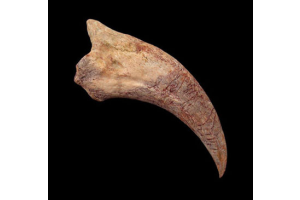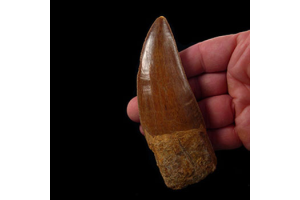What Makes Sharktooth Hill Fossils So Valuable to Collectors
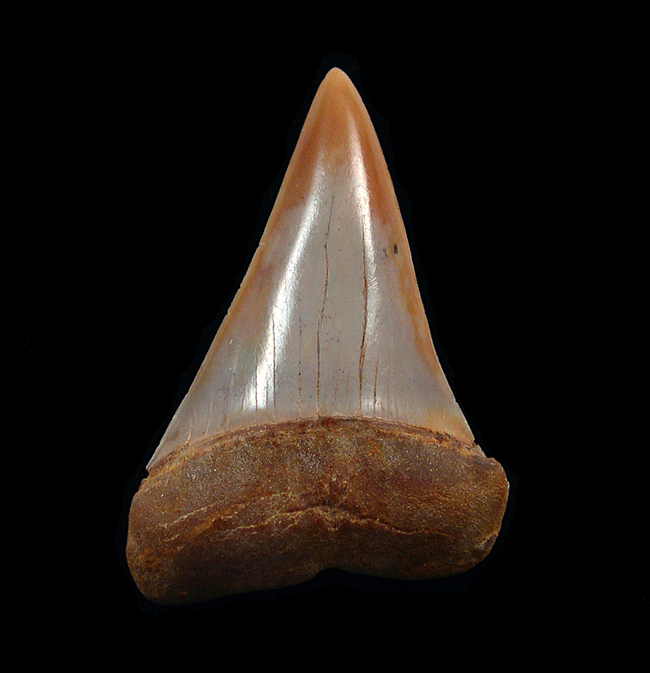
At the heart of what we offer is access to Sharktooth Hill fossils that showcase both scientific depth and visual appeal. As collectors ourselves, it’s essential for us to share the value and wonder of these fossils with those who seek to understand prehistoric life through genuine specimens.
Our selection reflects years of focused collecting from one of California’s most fossil-rich areas—bringing Sharktooth Hill to those passionate about marine history.
A Glimpse Into a Prehistoric Marine Environment
Located in central California, Sharktooth Hill has gained recognition for its wealth of marine fossils dating back to the middle Miocene epoch—approximately 15 million years ago. During this period, the region was submerged under a shallow inland sea, creating an environment ideal for the accumulation and preservation of marine life remains.
As time progressed, the remains of marine organisms, including numerous shark species, settled on the seafloor and were gradually buried under layers of sediment. These conditions contributed to the formation now known as the Round Mountain Silt, a geological structure known for housing a diverse and well-preserved fossil record.
Fossils from this region are not only ancient but tell the story of an ocean teeming with life, where apex predators once roamed freely. Sharktooth Hill captures that story in remarkable detail through the fossilized remains that collectors can study and admire.
Each tooth provides clues to the diet, behavior, and evolutionary lineage of the species. For collectors and researchers, acquiring a range of species allows for comparison and a deeper understanding of this ancient marine ecosystem.
Preservation Beyond Expectation
Teeth found at Sharktooth Hill are known for their exceptional condition. Many specimens retain sharp serrations, solid roots, and glossy enamel. The process of fossilization in the mineral-rich silt of the Round Mountain formation contributes to this impressive preservation.
Unlike specimens from some marine deposits that suffer from compression or erosion, Sharktooth Hill fossils often maintain their original structural integrity. Details such as enamel texture, feeding wear patterns, and root contours are preserved to a degree that allows for advanced study and detailed display.
This quality of preservation enables collectors to observe characteristics that often fade over time in other fossil sources. The precise definition of features gives each fossil a lifelike appearance and a tactile sense of history.
Natural Color Variations Enhance Appeal
In addition to preservation, color is another element that distinguishes fossils from this locality. Teeth from Sharktooth Hill come in a variety of natural shades, including tan, brown, gray, red, blue, orange, and black. These hues are the result of specific mineral compositions in the soil and groundwater during fossilization.
Each tooth carries a unique combination of colors that contributes to its visual charm. Some display deep, rich tones, while others offer lighter and more subtle gradients. This variation enhances the aesthetic appeal of the fossils and adds uniqueness to each specimen in a collection.
Collectors appreciate not only the anatomical features of the teeth but also their coloration,
which often influences how a specimen is displayed or valued.
A Reliable and Responsible Source
One of the significant factors contributing to the popularity of Sharktooth Hill fossils is the accessibility of ethically obtained specimens. Fossils from this region are collected under regulated conditions, often from private land with proper permissions. This ensures that specimens are traceable and responsibly sourced.
For those interested in expanding a collection or starting one, this source provides confidence that the specimens are authentic and lawfully acquired. With this assurance, collectors can explore the variety and quality available without hesitation.
As interest in shark teeth for sale continues to grow, Sharktooth Hill remains a reliable source for acquiring specimens with both scientific and aesthetic significance.
Insight Into Prehistoric Life
Each fossil serves as a tangible record of life in an ancient sea. Beyond their physical form, these teeth reveal behaviors and adaptations of sharks that lived millions of years ago. For example, examining wear patterns can hint at feeding habits, while size and shape may relate to ecological roles.
The structure of the tooth, including serrations and root formation, can reveal whether the shark was adapted for grasping slippery prey or tearing flesh. These fossils also illustrate how different species evolved over time and diversified in response to environmental changes.
Through these specimens, collectors and researchers are offered a silent narrative—one that tells
of survival, adaptation, and ecological balance in an ancient world.
Lasting Interest Among Collectors
Fossils from this locality continue to hold a prominent place in both private and academic collections. Their availability in a range of sizes, shapes, and colors means that no two specimens are identical, and each adds a different dimension to a growing collection.
Collectors often seek to acquire multiple specimens from Sharktooth Hill to represent the broad diversity of sharks found in the Miocene seas. Some focus on the more recognizable and dramatic species, while others value smaller teeth for their intricate detail.
The steady interest is also driven by the opportunity to discover a rare specimen or one with exceptional symmetry and color—qualities that enhance the fossil’s display value and personal significance.
A Legacy Written in Stone
The value of Sharktooth Hill fossils lies not only in their age but in what they represent. These fossils serve as lasting evidence of a prehistoric ocean preserved beneath California’s modern terrain. Each tooth is a chapter in a story that predates humanity and captures a fragment of Earth's natural history.
Fossil collecting is more than acquisition—it is participation in a broader conversation about Earth's geological past. Sharktooth Hill offers direct access to that dialogue, placing a piece of the Miocene in the hands of those who seek to understand it.
With a combination of fossil diversity, preservation quality, ethical sourcing, and visual appeal, Sharktooth Hill continues to provide unmatched value in the world of marine fossil collecting. Every specimen tells its own story—etched in enamel and root—and each one brings collectors closer to the life that once thrived in prehistoric seas.
To learn more about fossils, visit the website now!






